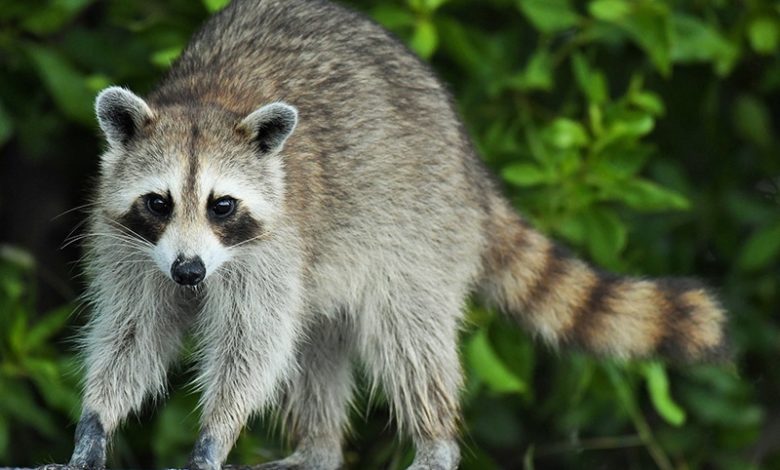Knowing When To Call Raccoon Control Services: Signs Of Infestation

Cute, curious, and intelligent enough to wash their food in water, raccoons look like they’d make for great pets. Indeed, some people have gone ahead and adopted them in places where it’s allowed. But the overwhelming majority of homeowners would rather keep ‘coons as far away from their abodes as possible.
And for good reasons too: Raccoons are not only highly destructive, but they could also bring untold malady to your household. So it’s important that you know how to spot the signs their presence in your home:
Unexplained structural damage: Roaches feast on fabrics, termites bore through wood, and rats gnaw on anything they come across. But nothing can hold a candle to raccoons when it comes to destruction. The fuzzy little creatures are surprisingly strong for their size — strong enough to tear their way through the roof and into your house. They’re known to chew on wiring, tear down drywall, rip insulation off walls and pipes, rip up HVAC ducting, and even take down cooling fans. Raccoon damage will mostly be confined to the upper parts of your home. However, a foul odor from your ducts could mean they’ve taken up residence in your ductwork. Mold could also indicate holes in the roof caused by raccoons.
Strange noises at night: Raccoons are nocturnal, and it’s for this reason that they wreak havoc unnoticed in most cases. But if you’re not a particularly heavy sleeper, you might have noticed scratching and scurrying noises as the critters go about their day. Or perhaps a few eerie sounds that got you worrying that your house could be haunted; raccoons are known to interact via 200+ sounds, in addition to being extremely vocal. So don’t call an exorcist just yet — a control service is what you really need.
Strong smells of urine/feces: If there’s an ammonia-like smell of urine or feces in your house, it means you have raccoons for company. Once again, this unpleasant odor will be concentrated in the upper reaches. The attic is where the animals like to set up their latrine, but they can also inhabit air ducts as noted before.
Pets acting strangely: With their sharper hunting instincts, your dog/cat will usually catch a raccoon infestation in the works long before you do. And when that happens, they’ll start behaving oddly; barking at the ceiling when they hear a critter scurrying around. Or your cat will spend long periods staring up, and refuse to leave the room at your asking. Either way, your pet’s unusual behavior shows that you have uninvited guests within.
You see the raccoons themselves: It can’t be more obvious now, can it? The sight of raccoons hanging around your home is the clearest sign of infestation. And if you keep seeing them despite your own repulsive efforts, you know it’s time to bring in a control service.
Tree branches or bushes adjacent to the house: Not exactly a symptom, but the presence of trees and shrubbery abutting your home means raccoons will invade sooner or later. Or maybe they already have — ‘coons are adept climbers, and won’t shy from taking advantage of such elements to access the roof. Prevention is better than cure, and raccoon control services are your best bet.
Likewise, it’s important that you call in a removal company, like Gray Brothers Wildlife, as soon as you spot any of these signs. They’ll put an end to your woes before the infestation grows out of hand.

